The Honest Guide to Cutting Fine Hair for Real, Lasting Volume
After years and years behind the chair, I can tell you one conversation comes up more than any other. A client sinks into my chair, lets out a big sigh, and says, “My hair is just so… flat.” They’ll call it lifeless, a pain to style, and say it can’t hold a shape to save its life. If this sounds familiar, welcome to the fine hair club. It’s a challenge I’ve spent my career figuring out, not with a magic bottle, but with the one thing that truly works: a great haircut.
First things first, let’s clear something up. A lot of people mix up “fine” hair and “thin” hair, but they are totally different things, and a good stylist knows this before they even think about picking up their scissors.
When I gently roll a single strand of hair between my fingers, I’m feeling its diameter. If it’s slender and silky, that’s fine hair. Thin hair, on the other hand, is all about density—it just means you have fewer hairs per square inch on your scalp. You can absolutely have a ton of fine hair (high density) or have coarse hair that’s thinning (low density). Getting this right is step one, because it changes the entire game plan.
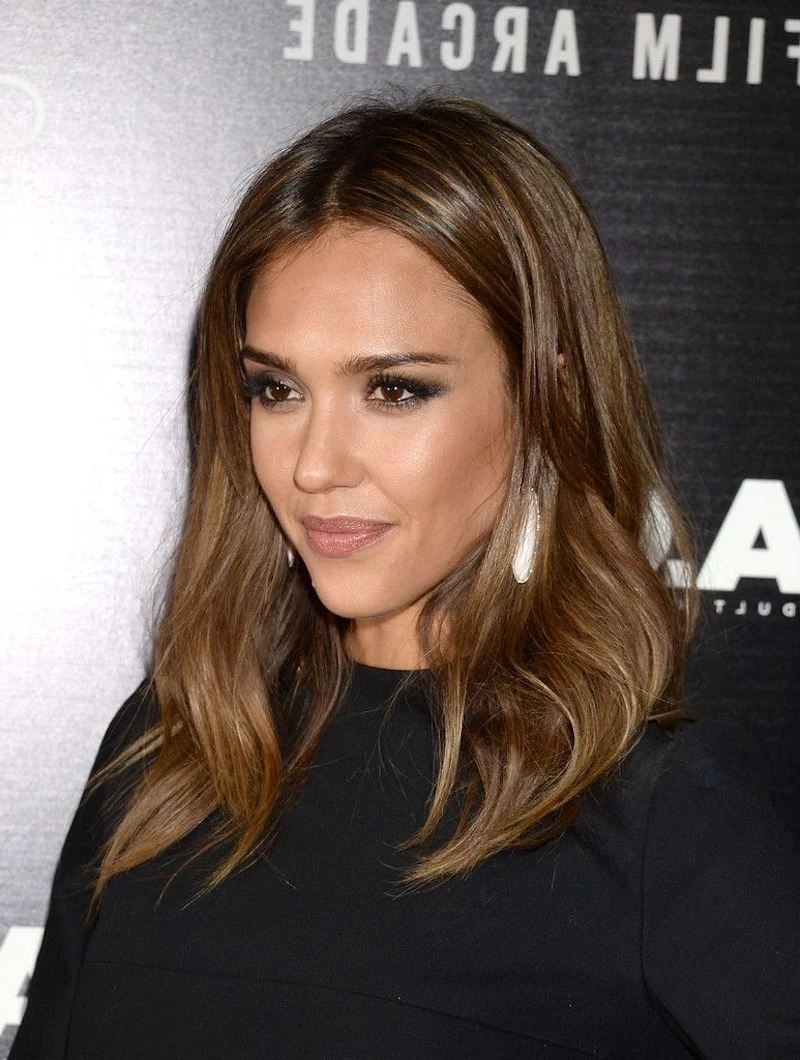
Oh, and by the way, what if your fine hair is also wavy, curly, or super low-density? The core principles we’re about to talk about—like building a strong foundation and avoiding the wrong kind of layers—are even more critical for you. The goal is always to maximize the hair you have, not fight its natural texture.
This isn’t about forcing your hair to be something it’s not. It’s about giving it a solid architectural blueprint so it can support itself. So forget the celebrity photos for a second. Let’s get into the real techniques that give fine hair body and life.
Why Fine Hair Acts the Way It Does
To really get how to cut fine hair, you have to know what you’re working with. Every hair strand has a protective outer layer. On coarser hair, this layer is rougher, which helps the strands grip each other and gives products something to cling to. A fine hair strand? It’s smoother, almost like a silk thread. It has fewer of these protective layers, making it super compact.
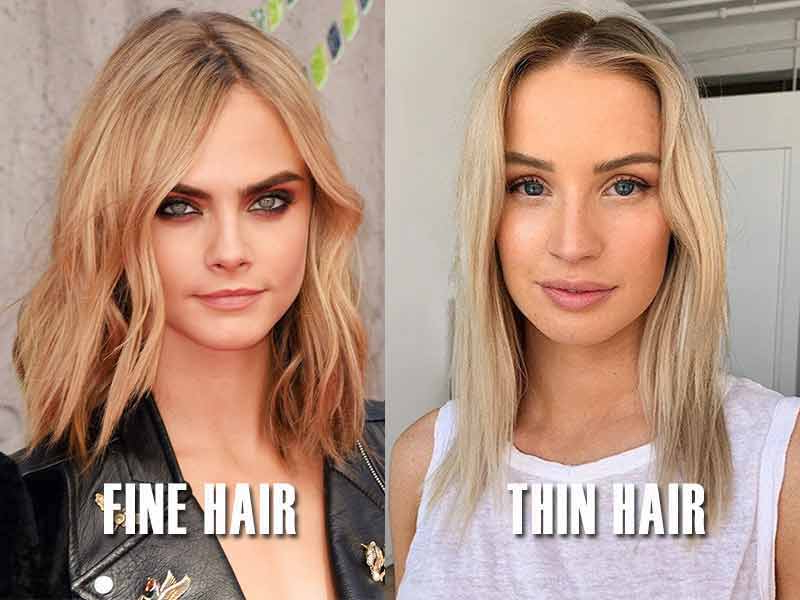
That signature smoothness is why fine hair feels so soft, but it’s also why it can get oily in a flash. Scalp oils zip right down that slippery highway with zero resistance. It’s also why it struggles to hold a curl or any volume; the strands just slide right past one another. Some super-fine hair even lacks the innermost core, which makes it less rigid and even more likely to fall flat.
Knowing this isn’t just trivia—it dictates everything. I know I can’t just hack away with aggressive texturizing techniques because that would just weaken an already delicate structure. Instead, the shape has to be built from the ground up with clean lines and smart weight distribution.
The Pro Techniques for Building Volume
When someone with fine hair sits in my chair, my mission is to create a shape that looks good long after they’ve left the salon. This is all about the architecture of the cut, not just the
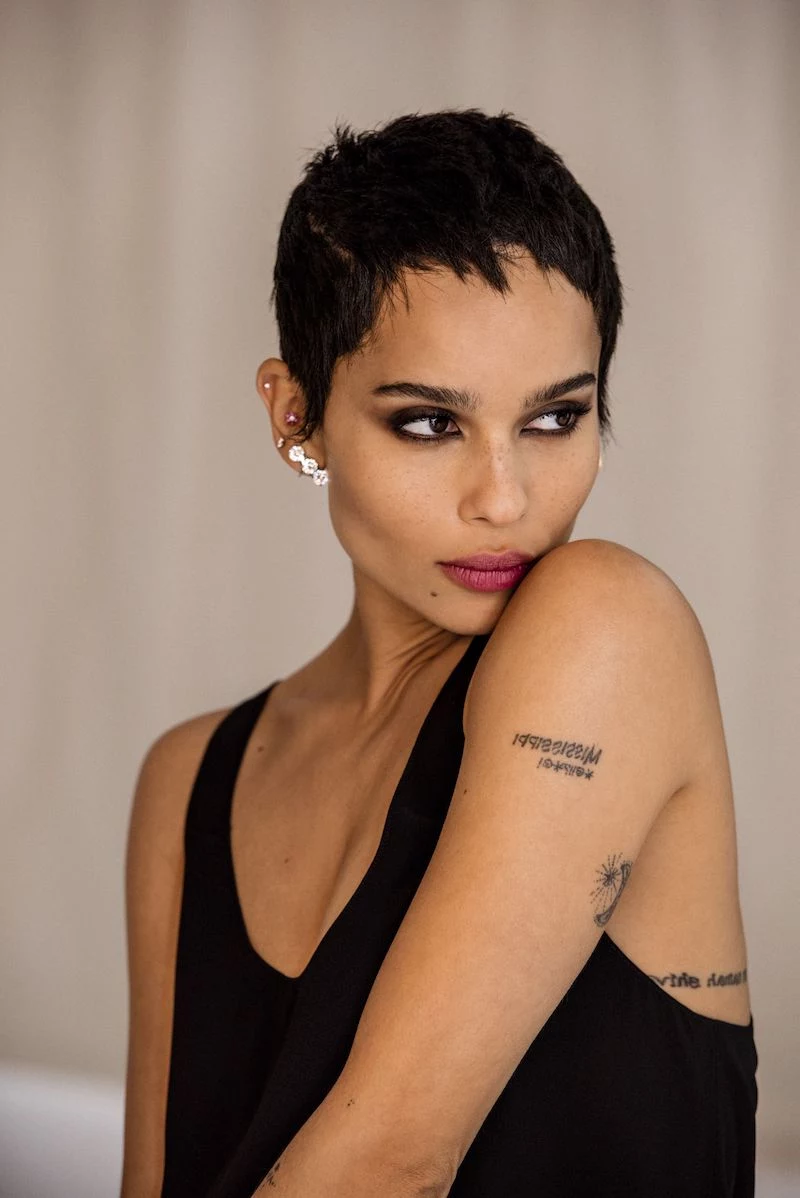
Inspirational Gallery
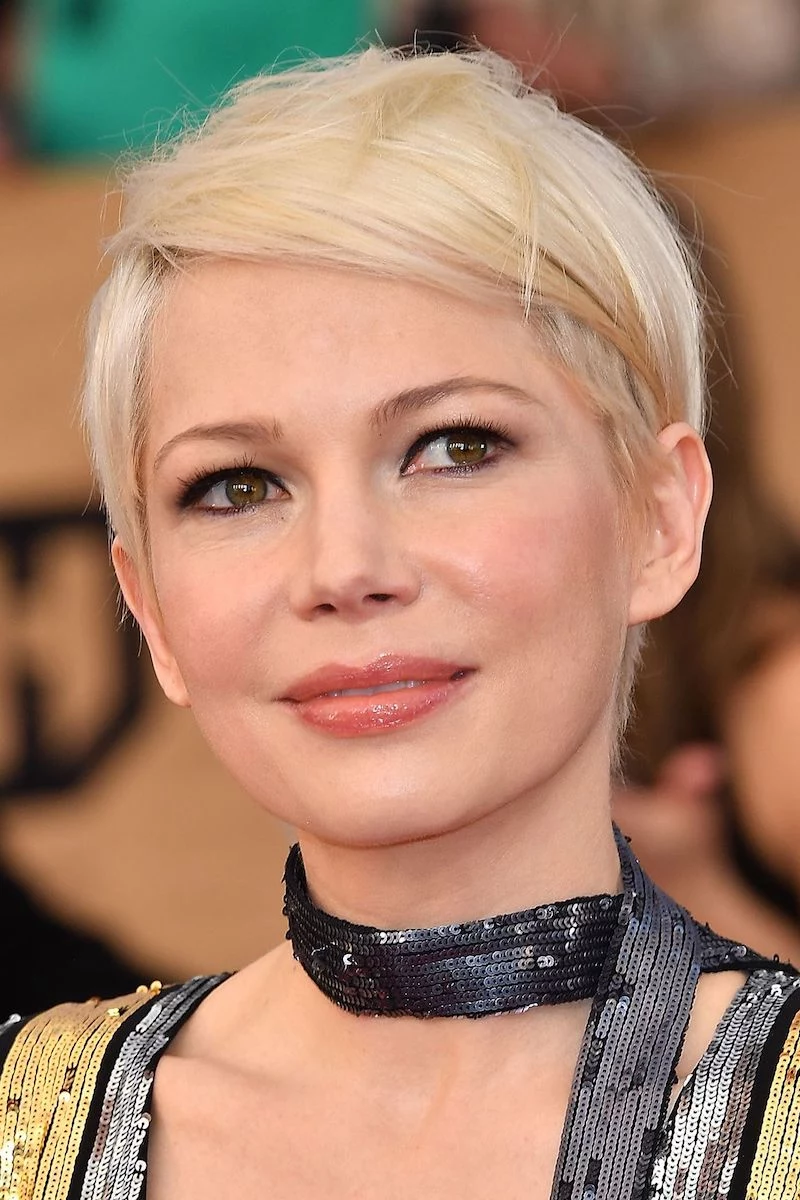
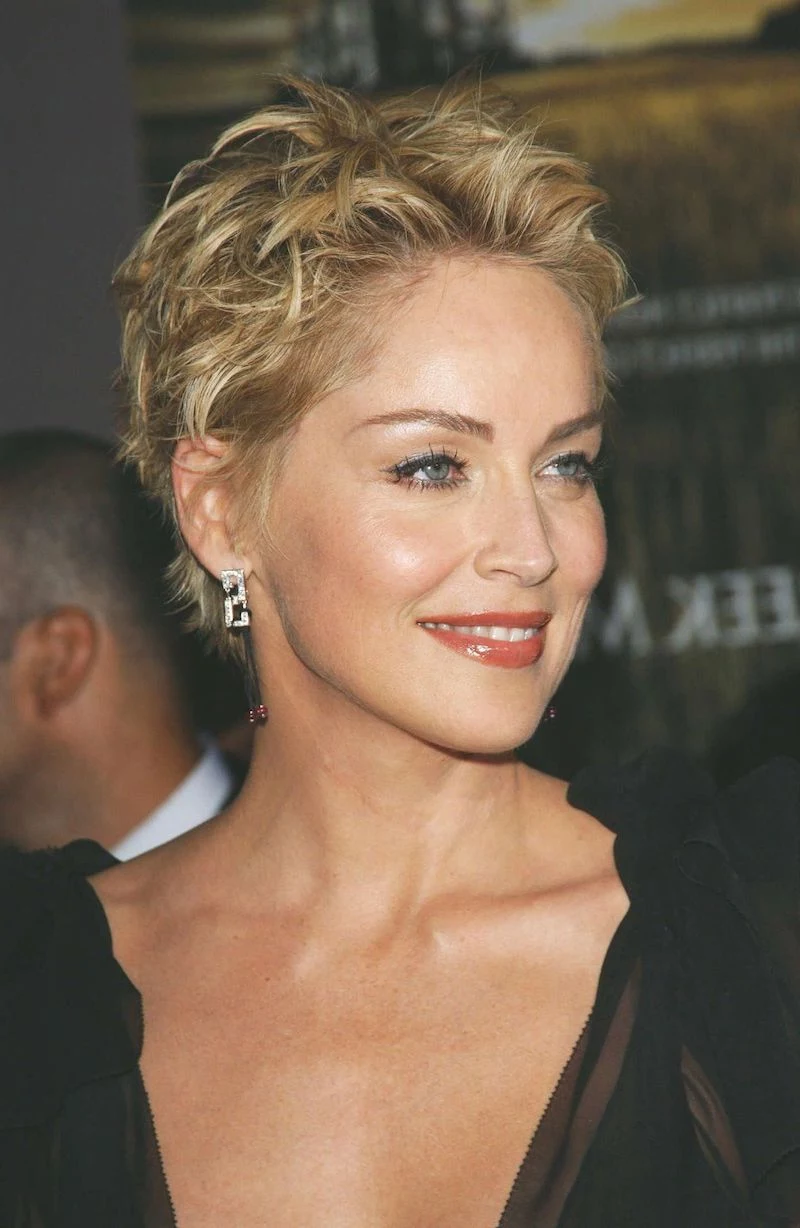
The average human head has between 80,000 and 120,000 hair follicles. For those with fine hair, the density can be high, but the diameter of each strand is significantly smaller.
This is why techniques that create space and texture are paramount. It’s not about adding more hair, but about making each strand work harder to create an illusion of fullness. Your haircut is the essential first step in this architectural process.

Can color actually make my hair look thicker?
Absolutely. It’s all about creating dimension. A flat, single-process color can sometimes emphasize a lack of volume. Ask your colorist for micro-highlights or balayage a level or two lighter than your base. This subtle variation in shade tricks the eye, creating an immediate sense of depth and fullness that a solid color just can’t replicate.
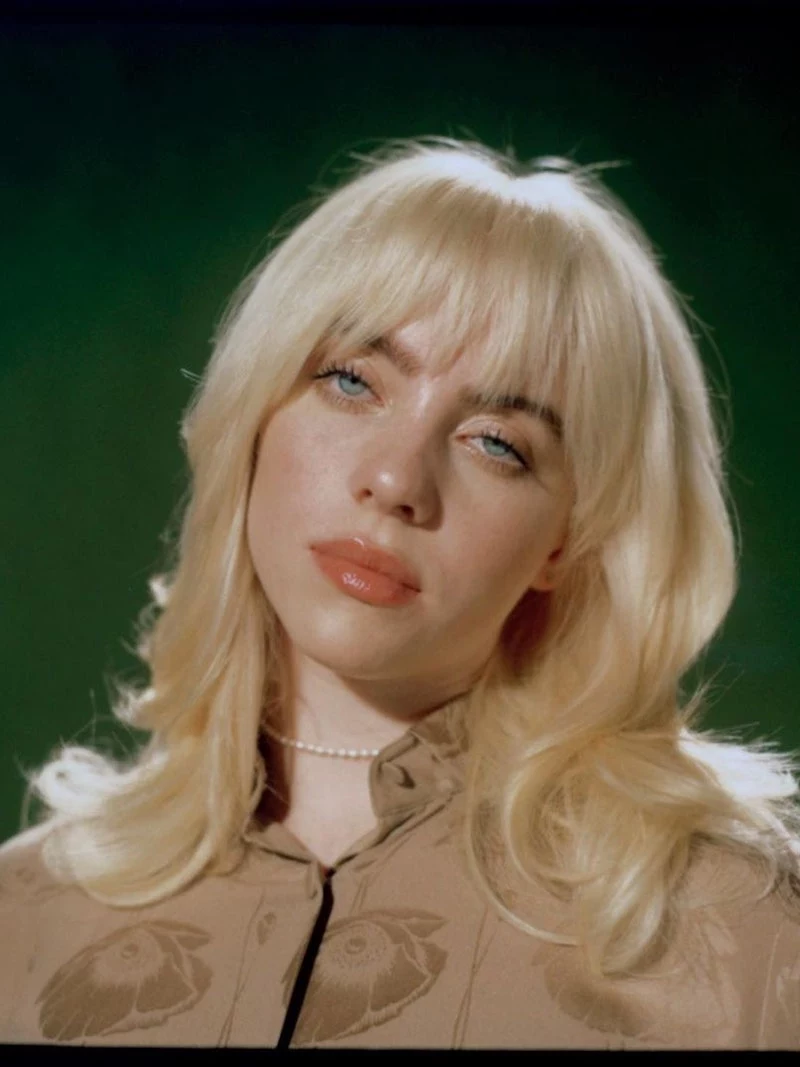
- Start by blow-drying your hair upside down until it’s about 80% dry.
- Flip back up and use a large, vented round brush to lift the roots as you dry them.
- Always point the nozzle of the dryer down the hair shaft to seal the cuticle and add shine.
The final, non-negotiable step? A blast of cool air all over to set the shape and lock in that hard-earned volume.

The Dry Shampoo Secret: Don’t wait until your hair is greasy. The best trick for lasting volume is to spray a quality dry shampoo, like Klorane’s Dry Shampoo with Oat Milk, onto your clean roots right after your blow-dry. It creates a dry, invisible scaffold that props up the roots and absorbs oil before it even starts to weigh your hair down.
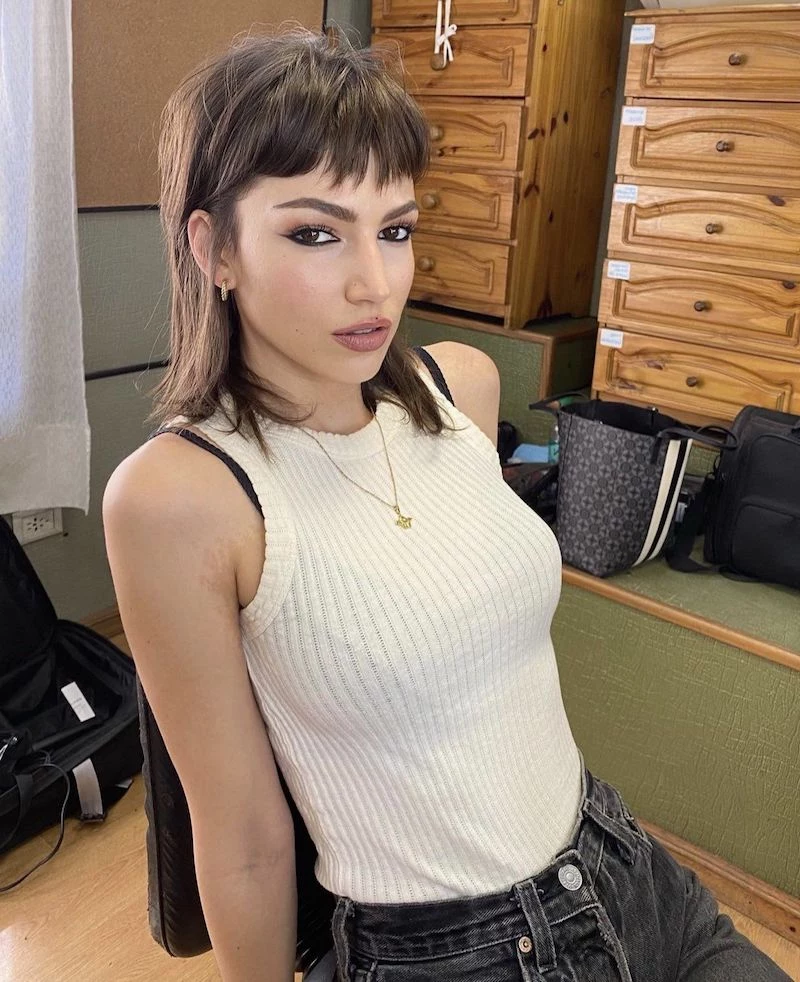
Let’s talk about the parting. A deep side part is one of the quickest, easiest ways to create instant volume at the crown. By flipping the hair over to a side it’s not used to, you force the roots to stand up, creating lift that looks effortless and chic.
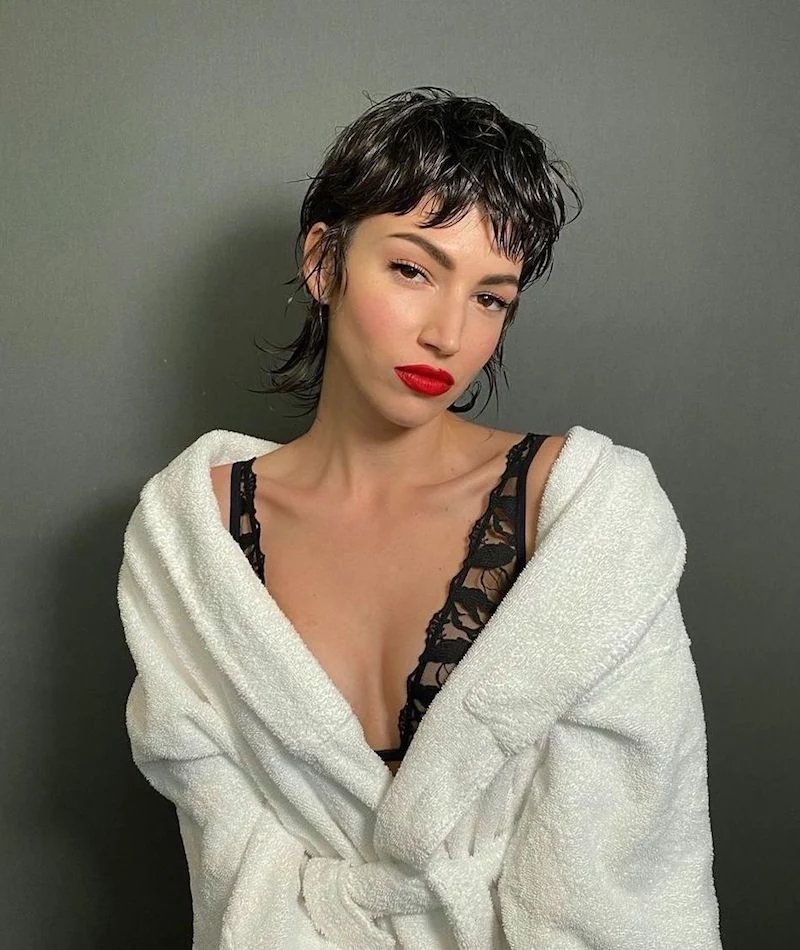
“Ghost layers” are the fine-haired person’s best friend. It’s a technique where the stylist cuts subtle, internal layers that are invisible to the eye but work to create movement and airiness without removing precious weight from the ends.

Volumizing Mousse: Best applied to damp hair, from roots to ends. It works by coating each strand to make it feel thicker and provides lift as you blow-dry. Look for alcohol-free formulas like the one from SEEN.
Texturizing Spray: Use this on dry hair. It adds grit, piecey-ness, and a modern, lived-in feel. Oribe’s Dry Texturizing Spray is iconic for a reason—it builds airy volume without stiffness.
For maximum effect, use both: mousse before drying, and a spritz of spray to finish.

- It absorbs oil without leaving a heavy residue.
- It provides a light, workable hold for updos.
- It creates a matte texture that makes hair appear denser.
The product? Volumizing powder. A tiny shake of something like Schwarzkopf’s OSiS+ Dust It Mattifying Powder directly at the roots and a quick massage with your fingertips creates incredible, lasting lift.

Critical Mistake: Over-conditioning. Fine hair gets weighed down easily. Apply conditioner only from the mid-lengths to the ends, completely avoiding the root area. A heavy conditioner at the scalp is a recipe for flat, lifeless hair by midday.

The ‘Italian Bob’ is having a moment, and it’s perfect for fine hair. Cut to the chin or neck, it features a heavy, chunky baseline with very subtle, long layers blended in. This maintains maximum density at the ends while allowing for beautiful, natural movement. It looks expensive and is surprisingly low-maintenance.

Are razors or thinning shears a bad idea for fine hair?
For the vast majority of fine hair types, yes. While thinning shears and razors can be great for de-bulking coarse hair, they can be destructive on fine strands. They can shred the ends, making the hair look thin, wispy, and prone to breakage. A sharp, precise scissor cut is almost always the superior choice.

Think of your scalp as the garden where your hair grows. A weekly clarifying treatment or a gentle scalp scrub can remove product buildup, dead skin cells, and excess sebum that clog follicles and weigh down roots. A healthy, clean scalp environment is the foundation for hair that can achieve its maximum volume potential.
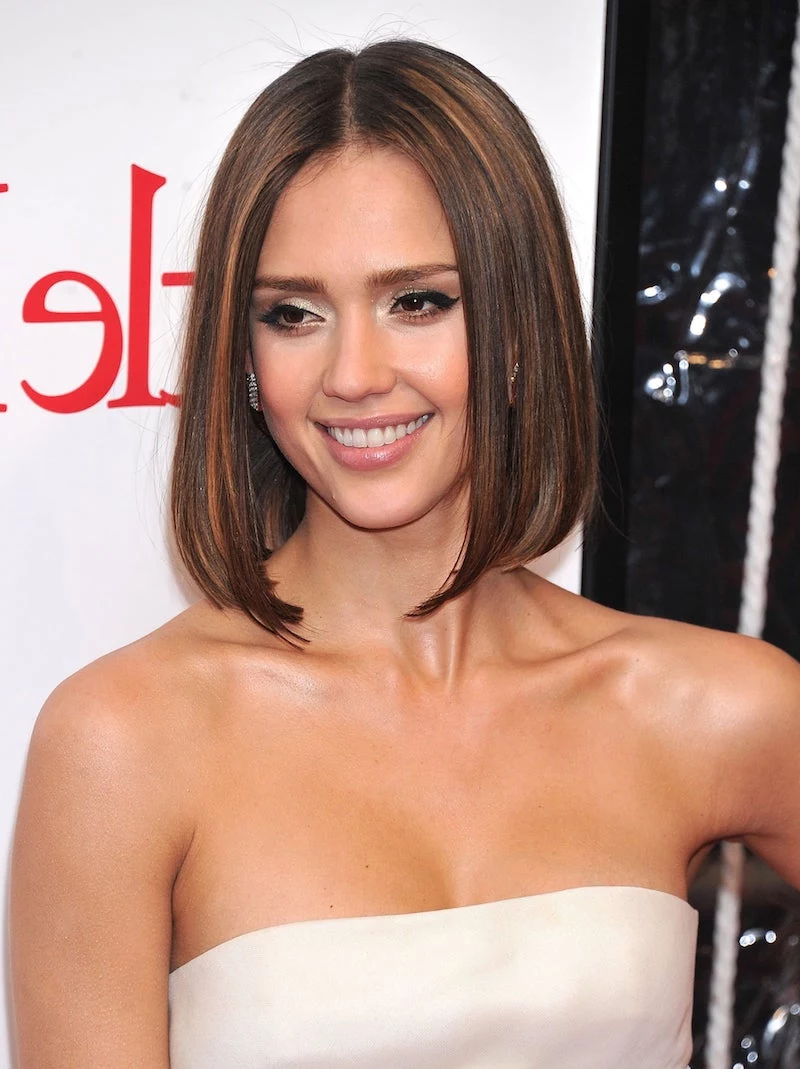
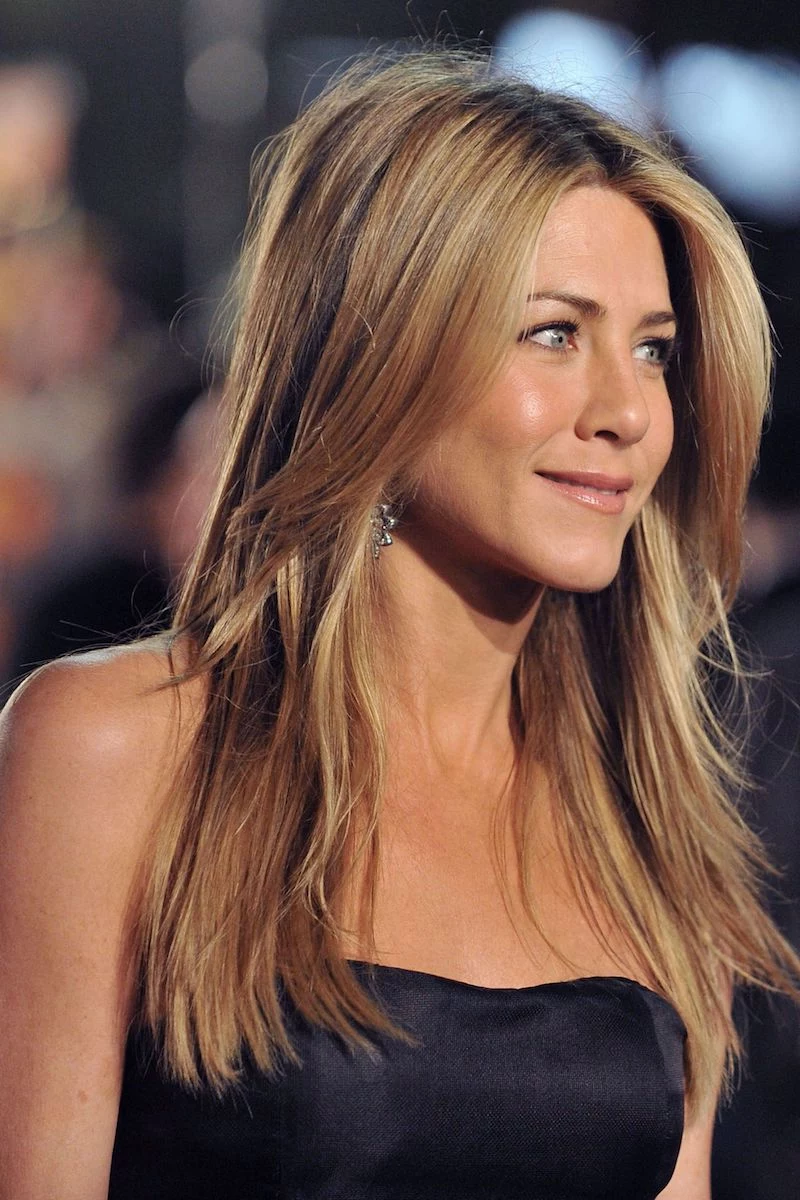
- Invest in a silk or satin pillowcase to reduce friction and breakage overnight.
- Never brush your hair when it’s soaking wet; use a wide-tooth comb instead.
- Regular trims every 8-10 weeks are crucial to snip off split ends before they can travel up the hair shaft.

A single strand of wet hair can stretch up to 30% of its original length. When fine hair is wet, it’s incredibly fragile.
This is why gentle handling is key. Instead of vigorously rubbing with a towel, gently squeeze out excess water with a soft microfiber towel or an old t-shirt to minimize stress and prevent snapping.
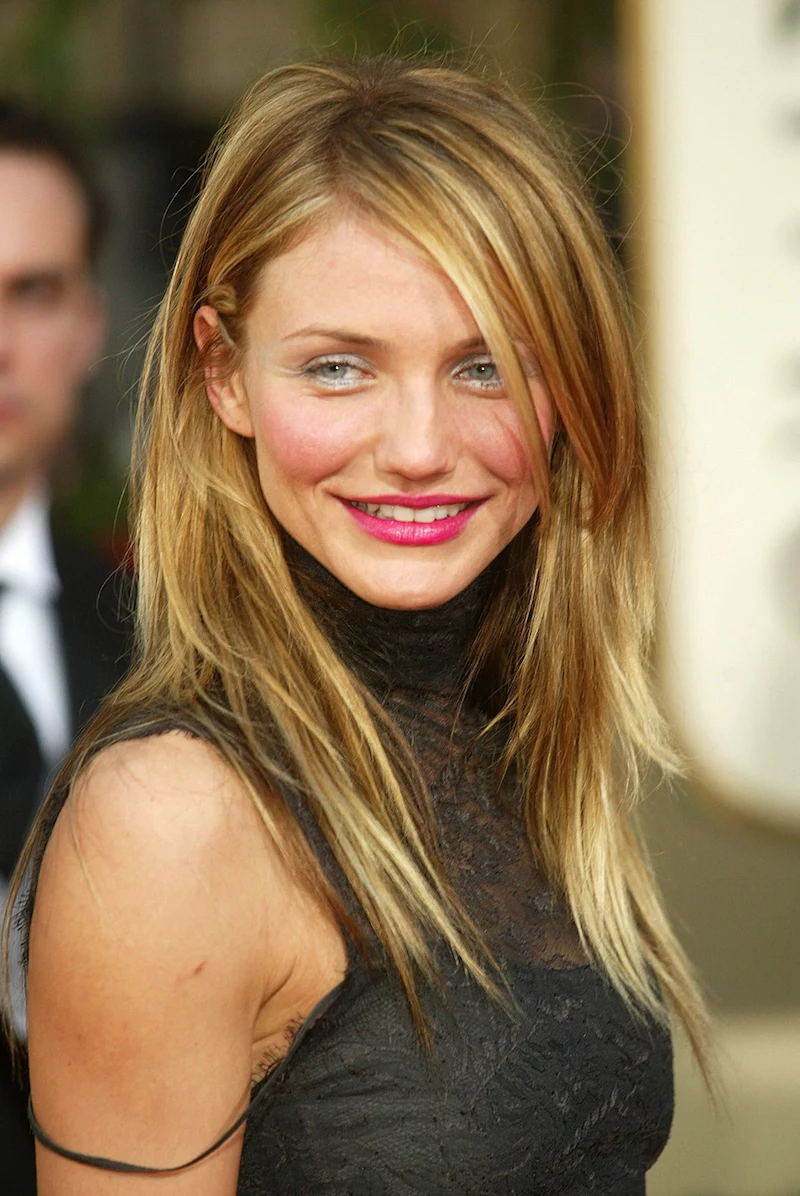
The Blunt Cut Advantage: A sharp, one-length cut, like a classic bob or a lob, creates the strongest possible perimeter. This makes the ends of the hair look as thick and healthy as possible. It’s a foundational cut that provides a solid base for any styling you do.
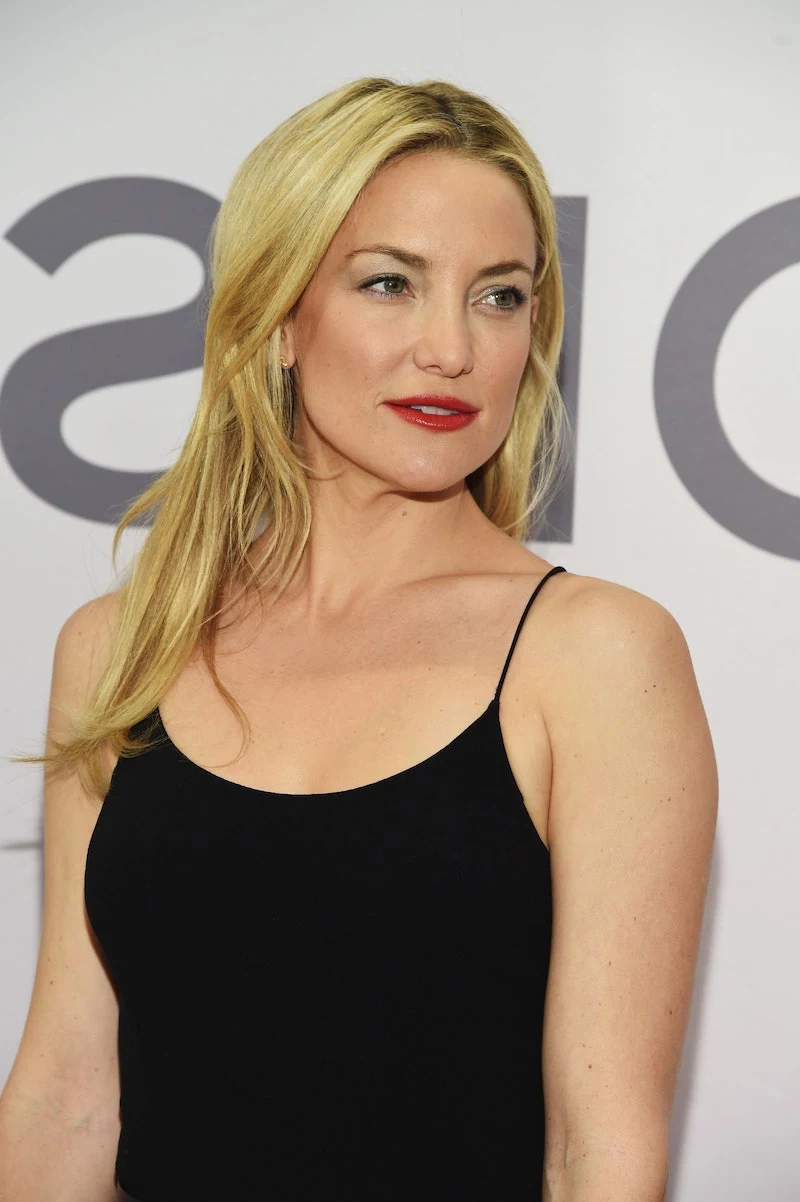
If you have fine hair, you might notice it feels ‘squeaky clean’ after washing. While this feels good, it also means the smooth cuticles have little to grip onto. This is where salt sprays come in. A light mist of a product like Bumble and bumble’s Surf Spray can add the ‘grip’ and texture needed for styles to hold.

- Less breakage while you sleep.
- Reduced frizz and flyaways.
- Your hairstyle lasts longer.
The secret? A loose braid or a high, loose bun secured with a silk scrunchie (like those from Slip) before bed. This prevents tangling and protects fragile strands from friction against your pillow.

Should I be worried about heat damage?
Yes, because fine hair is more susceptible to it. The smaller diameter means heat penetrates faster. Never skip a heat protectant spray. Products like Kérastase’s Genesis Defense Thermique are specifically designed to shield fragile hair from damage while adding body, not weight.

The ‘Hydro-Bob’ trend focuses on a super-hydrated, glossy finish that makes hair look incredibly healthy and reflective. For fine hair, achieve this not with heavy oils, but with a lightweight shine serum applied only to the ends, and by ensuring your hair is well-conditioned (again, avoiding roots!).

“The right haircut is like great architecture for fine hair. Without a solid foundation, everything else you try to build on top will collapse.” – A common mantra among top stylists.
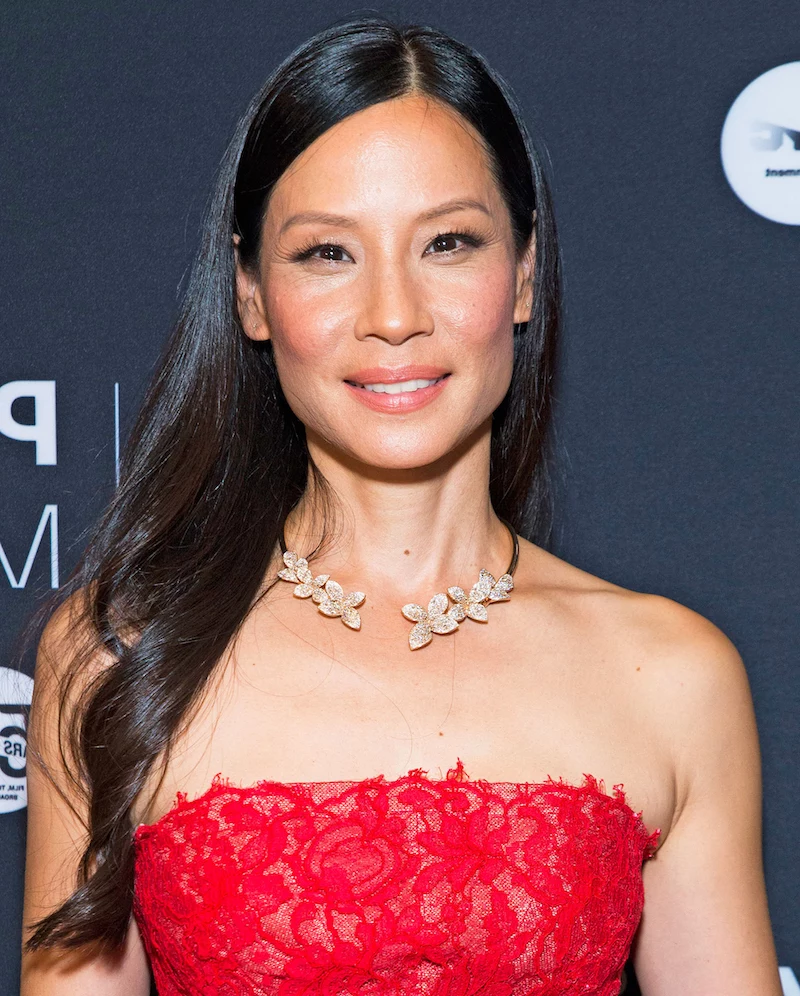
If your fine hair is also wavy or curly, avoid haircuts that are too structured or geometric. Your hair needs space to move and form its natural pattern. Ask for soft, blended layers that work with your curl, not against it, to encourage bounce and volume without creating frizz.
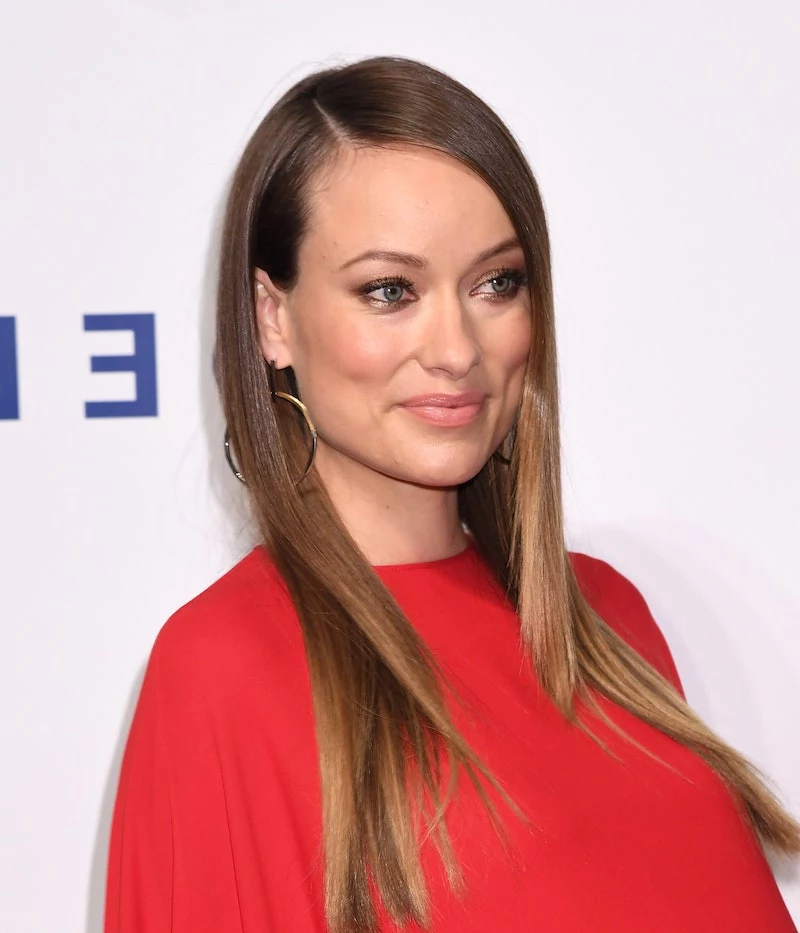
For Bangs: Opt for curtain bangs or wispy, piecey bangs rather than a heavy, blunt fringe. A heavy fringe can remove too much hair from the sides, making the rest of your hair look thinner.
No Bangs: A clean, ‘no-bangs’ look with a strong shape can often make fine hair appear fuller overall by keeping all the density focused in one place.
The choice depends on whether you want to frame your face or maximize overall thickness.
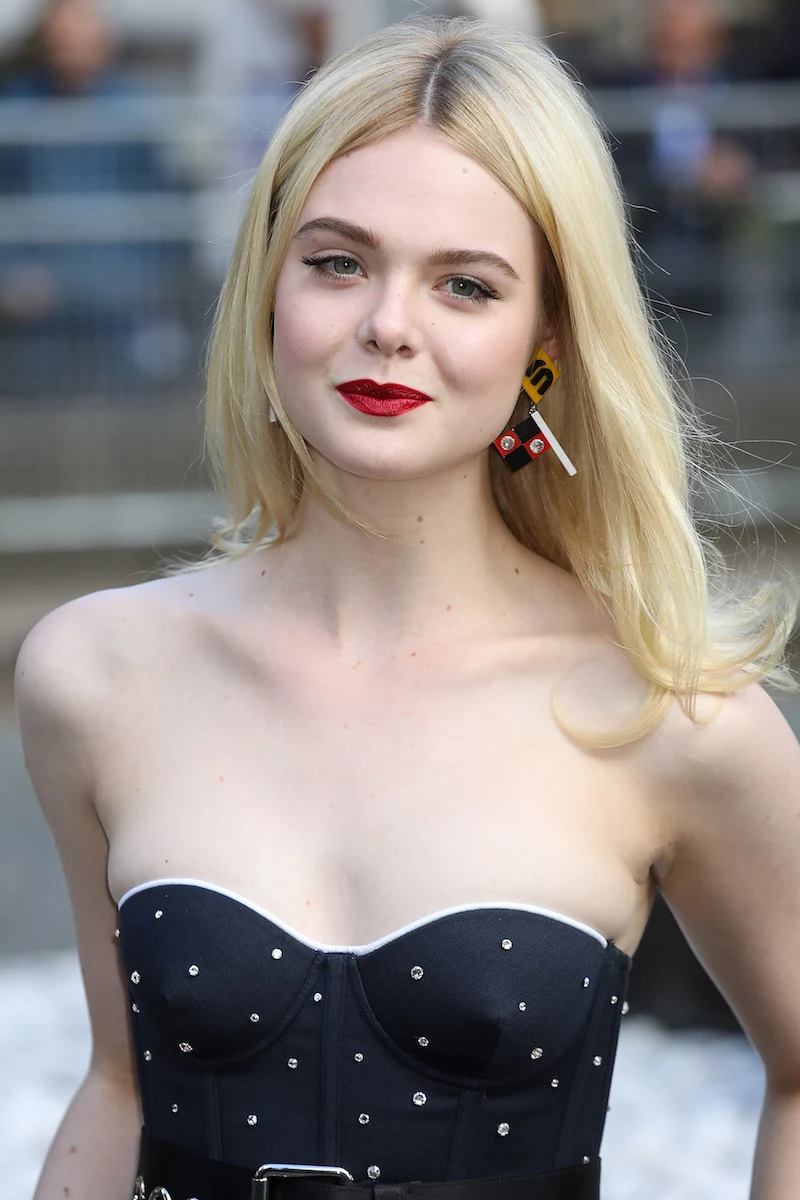
Even the best haircut for fine hair can fall flat by day two. To revive it, lightly mist your roots with water or a root-lifting spray like Living Proof’s Full Root-Lifting Spray, then use your fingers or a round brush and a dryer for just 30 seconds to re-activate the lift. It’s a quick reset that makes a world of difference.

Fact: The wrong brush can flatten fine hair. A densely packed boar bristle brush, while great for shine, can smooth the hair too much. A vented ceramic or tourmaline brush allows air to circulate freely during a blow-dry, which is key for creating lift and speed-drying without overheating.
Embrace the elegance of fine hair. It has a softness and silkiness that coarser hair can’t replicate. Instead of fighting it, work with a stylist who understands how to give it a shape that celebrates its unique texture. A great cut is about enhancing what you have, not trying to create something you don’t.










